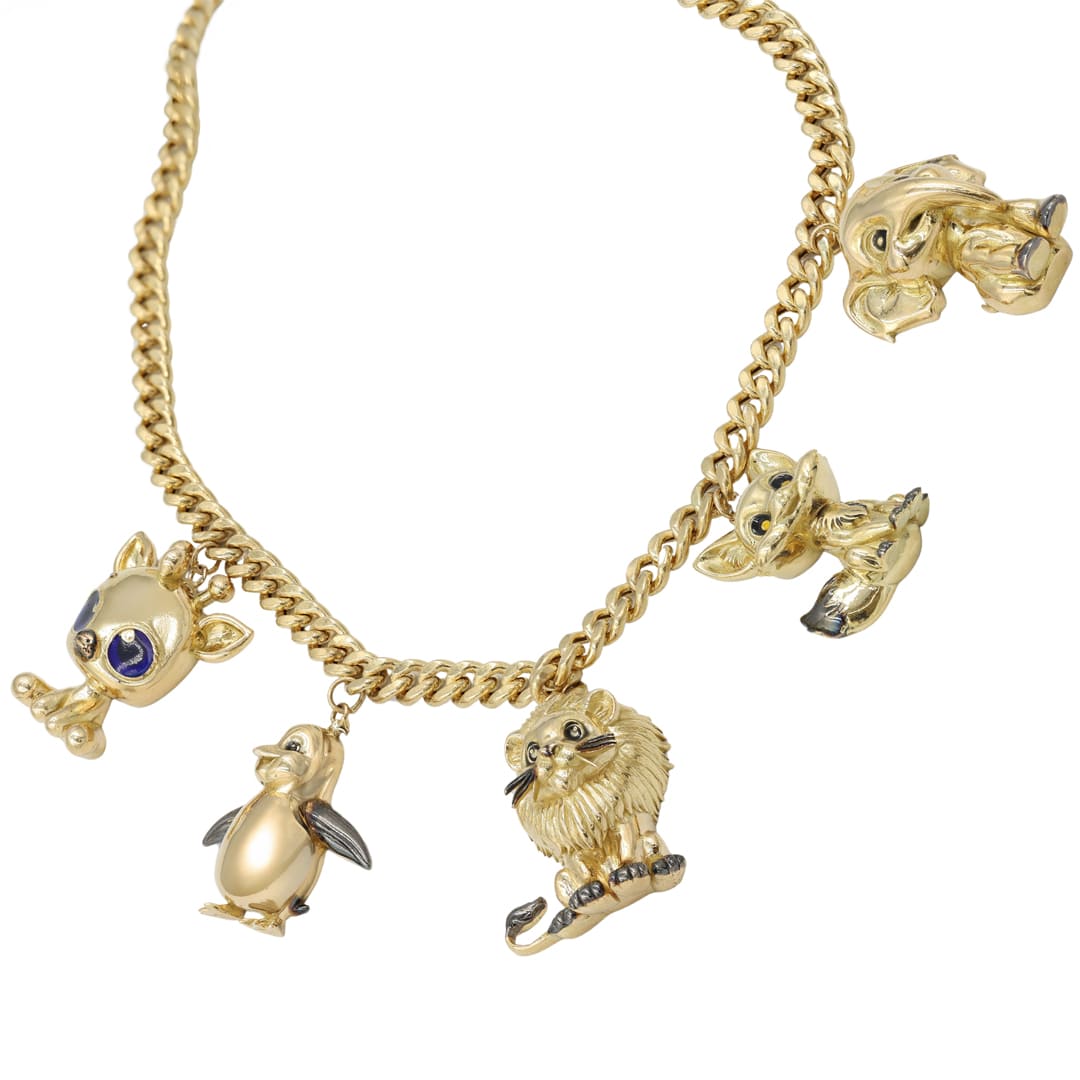
Decoding the Ideal Time to Invest and Save in Gold: A Comprehensive Guide
Gold has held a special place in the realm of investment for centuries, revered for its intrinsic value and resilience against economic uncertainties. As with any investment, timing plays a crucial role in maximizing returns. But when is the ideal time to buy gold? In this article, we’ll delve into the factors that influence gold prices and help you understand the key considerations for determining the opportune moment to invest.
1. Understanding Gold’s Market Dynamics
Before we dive into the timing aspect, it’s important to grasp the fundamental forces that drive gold’s market dynamics. Gold is often considered a safe-haven asset, sought after during times of economic instability, geopolitical tensions, and currency devaluation. Additionally, it has industrial uses and is influenced by supply and demand factors.
2. Economic and Geopolitical Factors
The ideal time to buy gold is often associated with periods of economic turmoil or uncertainty. During financial crises, investors tend to flock to gold as a hedge against market volatility. Geopolitical tensions, trade disputes, and global events that threaten stability can also trigger a surge in gold demand, driving up its price. Monitoring global economic indicators, political developments, and central bank policies can provide insights into potential gold-buying opportunities.
3. Inflation and Currency Fluctuations
Gold’s value is inversely related to the strength of currencies. When inflation is high or a currency weakens, the purchasing power of that currency diminishes, making gold relatively more attractive. Investors often turn to gold to preserve their wealth during times of currency devaluation. Therefore, keeping an eye on inflation rates and currency fluctuations can help you identify favorable entry points into the gold market.
4. Interest Rates and Monetary Policy
Interest rates set by central banks can impact the attractiveness of gold. When interest rates are low, the opportunity cost of holding gold (which doesn’t yield interest) decreases, making gold more appealing. Conversely, when interest rates rise, assets that provide interest-bearing returns may become more attractive than gold. Following central bank announcements and understanding their monetary policy stance can provide clues about potential shifts in gold’s appeal.
5. Seasonal Trends
Gold has also exhibited seasonal trends that investors might consider. Historically, there have been instances of increased gold demand around cultural and religious celebrations, such as weddings and festivals in certain regions. Monitoring these seasonal patterns can aid in timing your gold investments.
6. Long-Term vs. Short-Term Perspective
While timing can impact short-term gains, it’s important to remember that gold is a long-term store of value. Trying to predict short-term fluctuations can be challenging, even for seasoned investors. Instead of obsessing over precise entry points, consider a diversified approach that factors in your long-term investment goals.
In the world of investments, timing is a critical factor, but it’s not the only one. The ideal time to buy gold is a complex interplay of economic, geopolitical, and market factors. While attempting to perfectly time the market is nearly impossible, staying informed about these factors and having a clear investment strategy will empower you to make informed decisions about when to invest in this precious metal. Whether as a hedge against uncertainty or a means of wealth preservation, gold remains a valuable component of a well-rounded investment portfolio. Remember, while timing matters, a long-term perspective and a diversified approach are equally vital in the journey toward financial success.







Add comment